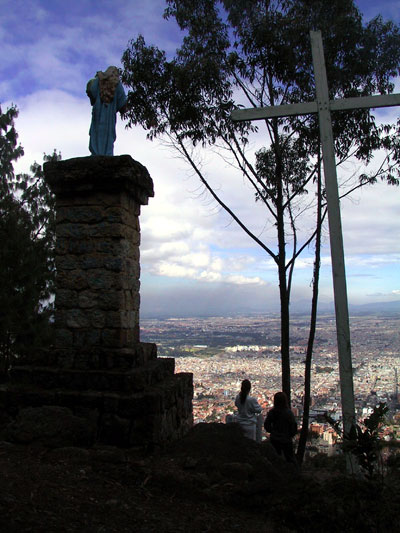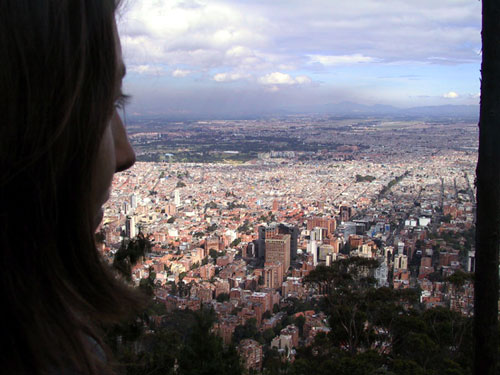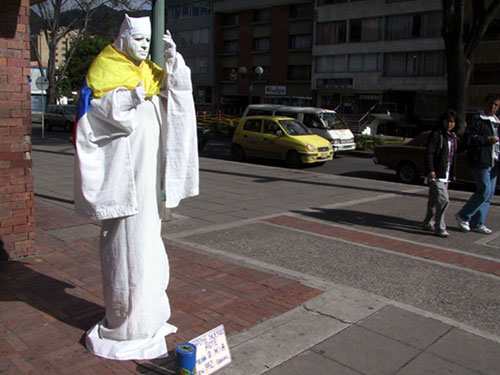To read Jairus Victor Grove’s interview with Rebecca Carroll, click here.
Following a series of uninspired presidential and vice presidential debates, award-winning narrative nonfiction writer, editor, and interviewer Rebecca Carroll’s Saving the Race: Conversations on Du Bois from a Collective Memoir of Souls reminds us that hope is not yet lost. The United States is still home to a few brave individuals with vision. Unlike many academic collections on W.E.B. Du Bois, Saving the Race brings together the inheritors of the civil rights movement and a number of artists and writers who represent a diverse array of defiant voices.
The inspiration of this collection was the 100 anniversary of W.E.B. Du Bois The Souls of Black Folk. Published in 1903, Du Bois’ most widely read text explicates his philosophical and political aspirations for the black race, situating himself in almost total opposition to the “separate but equal” and industrial education focus of Booker T. Washington. As Du Bois argued in chapter 3 of The Souls of Black Folk, Washington’s compromise asked black people to give up:
First, political power. Second, insistence on civil rights. Third, higher education of Negro youth — and concentrate all their energies on industrial education, and accumulation of wealth, and the conciliation of the South. This policy has been courageously and insistently advocated for over fifteen years, and has been triumphant for perhaps ten years. As a result of this tender of the palm-branch, what has been the return? In these years there have occurred:
1. The disfranchisement of the Negro.
2. The legal creation of a distinct status of civil inferiority for the Negro.
3. The steady withdrawal of aid from institutions for the higher training of the Negro.
It was this hallmark unwavering disdain for compromise in the area of excellence and achievement for African Americans that alienated many of Washington’s followers and defined Du Bois as a visionary leader and thinker. Equally infamous was the air of elitism that frequently characterized Du Bois’ tone regarding the value of higher education. Most accounts of Du Bois describe a cold and introverted man, who, although well-mannered, was only conversant with those he considered his equals.
Du Bois’ stepson David G. Du Bois described him as “basically a shy person” who did not like to interact with those to whom he was not already close. When David Du Bois’ mother planned dinner parties, David recalls, “My mother did not invite people over with whom Du Bois did not feel relaxed and comfortable.” Cultural critic and author of Reconsidering the Souls of Black Folk Stanley Crouch goes so far as to argue that eventually “white people drove Du Bois crazy” after a lifetime of fighting against narrow-mindedness, causing him to break with the mainstream efforts of the NAACP.
Despite his penchant for alienating those he met, Du Bois’ intellect and rigorous scholarship are unquestionable. As a student he pursued and completed a Ph.D. from Harvard University that included study at the prestigious University of Berlin. Despite an impressive academic career for any historical period, his intellectual pursuit was at times a refuge from the intolerable world of racial bias and violent exclusion. As Du Bois once remarked, “I was in Harvard but not of it.”
Today, 101 years later, New York University Law Professor Derrick Bell describes his own tenure at Harvard before he quit in protest over low minority employment, in terms starkly congruent with Du Bois’. As Professor Bell writes in his segment of Saving the Race, “Very few black folk are able to get totally beyond presumption of incompetence. The fact is that those who are even modestly welcome in certain academic circles are the most welcomed they will ever be.” This recognition of African American achievement, tempered by the reality of contemporary more and less subtle forms of post civil rights racism, typify Carroll’s collection.
Comprised of the reflections of African Americans ranging from civil rights attorney Vernon Jordan, Jr., to jazz musician and Grammy-nominated composer Terrance Blanchard, Carroll’s collection is tied together by the editor/author’s own compelling autobiography. Lacking the self-indulgence typical of many auto-narratives concerning identity, Carroll unflinchingly describes her intellectual and emotional movement from rural New Hampshire, where she was raised by white adopted parents, to an eyes-wide-open relationship with the complexities and uncertainties of her black history and identity. Carroll’s own struggle to forge an identity that could provide her with a site for empowerment while also ensuring her a sense of authenticity lies at the heart of what Du Bois called “double-consciousness.”
Although hybridity is a popular topic of academic discussion, these dialogues often disregard the traumatic and difficult growth experienced by real people who do not easily fit into the rigid categories of contemporary identity politics. What Du Bois and Carroll share and contribute to this discussion is a profound sense of what it means to be out of place. Like Du Bois, Carroll grew up in a mostly white, Northeastern town. Neither scholar describes overt racism in their childhood, instead describing a sense of loss and alienation that their privileged education provided no vocabulary for discussing. In the most common, yet telling, example, Carroll recalls how it felt to admired but never asked out on dates and how she was often complemented for only being cosmetically black.
Carroll’s multifaceted story, then, foregrounds the disparate and even opposing accounts of W.E.B. Du Bois and his continuing relevance to a socio-political world that still cannot confront how profoundly the history of the United States of America is the history of “the race problem.” The taboo of discussing race in the United States not only impoverishes our understanding of where we come from; it also erases a rich history of hope and political commitment that has driven that history.
It is this connection between history and politics that demands that we read Saving the Race alongside Du Bois’ The Souls of Black Folk. If we were to develop a cannon of American literature that was truly representative of our collective experience for high schools and universities, the absence of Du Bois’ still eminent work would do a grave injustice to the interests of democratic culture. Former Black Panther Kathleen Cleaver, for instance, conjures this spirit in her contribution writing:
Right now, we’re at a point of dissent — dissent about globalization, opposition to racism, opposition to forms of neocolonialism, opposition to war … And I have to have hope in that. What’s the alternative? I could say, “Oh, I give up. The pigs have the right way. There is no alternative.” But that’s totally insane. The world that is being presented to us right now is a world based on genocide, ecocide, and homicide; that’s unacceptable. To choose it is to choose your own destruction, and since I’m not self-destructive, I have to maintain hope in an alternative … Let’s clarify that you can rethink and transform how you view the world. Let’s clarify that the world could be entirely different.
A century after the publication of The Souls of Black Folk, Cleaver and the others who join Du Bois’ legacy renew the intellectual and political pursuit of seemingly impossible demands for justice and equality, demonstrating that The Souls of Black Folk still testifies to an outspoken commitment to causes often derided as doomed or unrealistic. By reminding us of the lasting influence — and relevance — of Du Bois on social and racial justice, then, Carroll’s project provides a context for beginning to understand the indispensable role of The Souls of Black Folk in shaping modern America.
To read Jairus Victor Grove’s interview with Rebecca Carroll concerning Saving the Race, click here.
STORY INDEX
INTERVIEWS >
National Public Radio’s compilation of interviews and responses to the 100th anniversary of The Souls of Black Folk
URL: http://www.npr.org/templates/story/story.php?storyId=1384569
HISTORY >
The W.E.B. Du Bois Learning Center
URL: http://www.duboislc.org
MARKETPLACE >
(A portion of the proceeds from the purchase of these books will go the InTheFray if the link below is used.)
Saving the Race: Conversations on Du Bois from a Collective Memoir of Souls
URL: http://www.powells.com/cgi-bin/partner?partner_id=28164&cgi=product&isbn=0767916190The Souls of Black Folk
URL: http://www.powells.com/cgi-bin/partner?partner_id=28164&cgi=product&isbn=1930097131
- Follow us on Twitter: @inthefray
- Comment on stories or like us on Facebook
- Subscribe to our free email newsletter
- Send us your writing, photography, or artwork
- Republish our Creative Commons-licensed content












